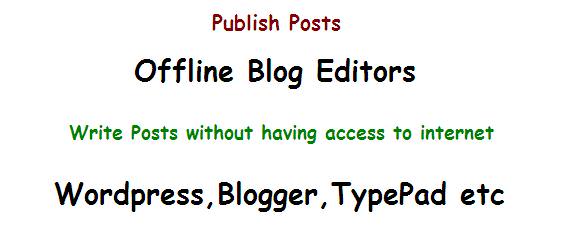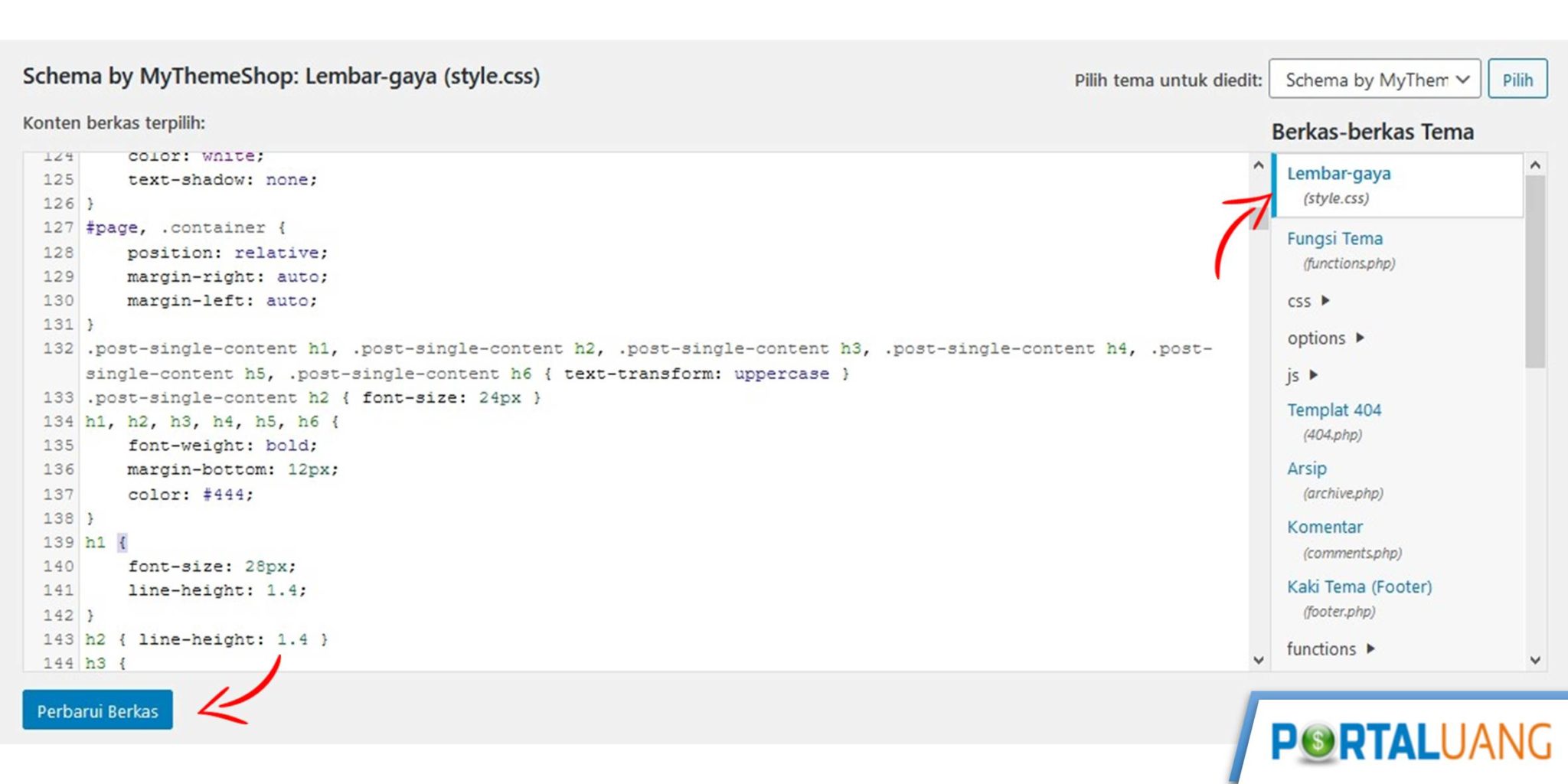
In this article, we will show you how to use the WordPress desktop app for your self-hosted WordPress blog.
Wordpress offline editor pro#
Finally, thanks to the PublishPress Permissions Pro plugin you can get even more specific, giving or removing access to specific users on specific posts.Do you want to use the WordPress desktop app for your self-hosted blog? WordPress desktop app allows you to easily write and edit blog posts without being distracted by other browser tabs. However, with the PublishPress Capabilities plugin you can customize that normal setup and give editing access to different roles. In the first part of the tutorial, we saw that only Authors, Editors or Administrators are able to edit content on a default WordPress site. This PressPermit Pro technique works for any content type. So that’s the process you can use to allow a custom group of users to edit a post. You can search for individual users and select the users you want to edit the post. However, you can also deny them editing access. You can choose to allow all the users in a particular role to edit this post. Scroll down below the main post area and look for the “Editing Exceptions” options. Let’s take you through an example of how PublishPress Permissions Pro works.Īfter installing PublishPress Permissions Pro, go to the “Posts” screen and choose the post that unique permissions.


If you need to customize editing permissions for individual users or content, we recommend the PublishPress Permissions Pro plugin. How to Allow Specific Users to Edit a Post In the third part of this tutorial, we’ll show you how to change editing access for specific users and specific posts. Your changes will impact every user in the “Subscriber” role and all of the Posts or Pages. This technique allows you to change the editing permissions for an entire role. To allow Subscribers to do more, check the boxes here, particularly in the “Edit” row: It’s easy to see that Subscribers have almost no permisisons. The image below shows you the permissions available to Subscribers.
Wordpress offline editor install#
Install the Capability Manager Enhanced plugin, then go to Users > Capabilities. We recommend the PublishPress Capabilities plugin as a great way to change the permissions for each user role. Now you know the basic permissions, let’s see how to cutomize them. Note: there are ways to hide posts that you can’t edit. If you don’t have editing permissions, you can still see postst in the WordPress admin area. What does this mean in practice? What will users see in the WordPress admin area? If you do have editing access, you will see “Edit”, “Quick Edit”, “Trash” and “View” links for each post: So, by default, only Authors, Editors or Administrators can edit content. Editors and Administrator: they can write, publish and edit any posts.



 0 kommentar(er)
0 kommentar(er)
